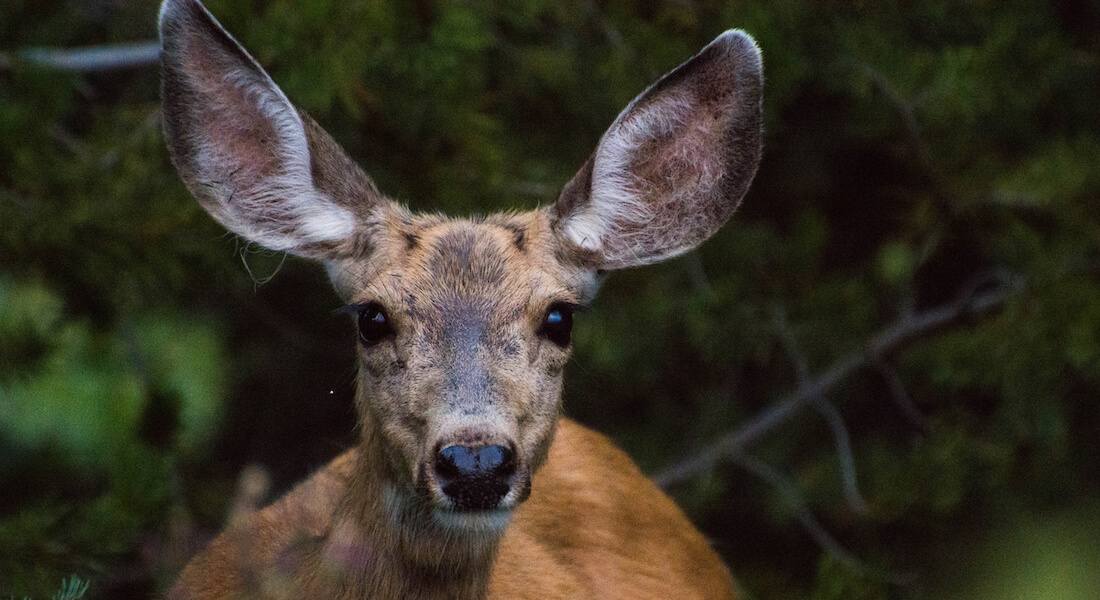Wild animals

The Western world has witnessed a dramatic change in the conception of wild animals. The dominant view in Christianity has been that wild nature is something dark and frightening that should as far as possible be tamed and rendered safe. The idea of systematically protecting the natural world, including wild animals, first developed in North America in the late nineteenth century. Since then the idea that wild animals, including prey animals, ought to be protected has developed and spread.
Management of wild animals has given rise to considerable controversy, however, also at the international level, not only because of conflicting interests, but also because there are different moral visions of the right of humans to utilize wildlife. These visions range from what is often called wise use to preservation and no-use policies. Controversies surrounding zoos, circuses, hunting (such as sealing, whaling), and wildlife management are just some of the focal points of this general controversy.
Below you will find recent publications about wild animal ethics and welfare. They are also sorted within the categories listed in the left menu bar.
You can also search among all publications on the site here:
